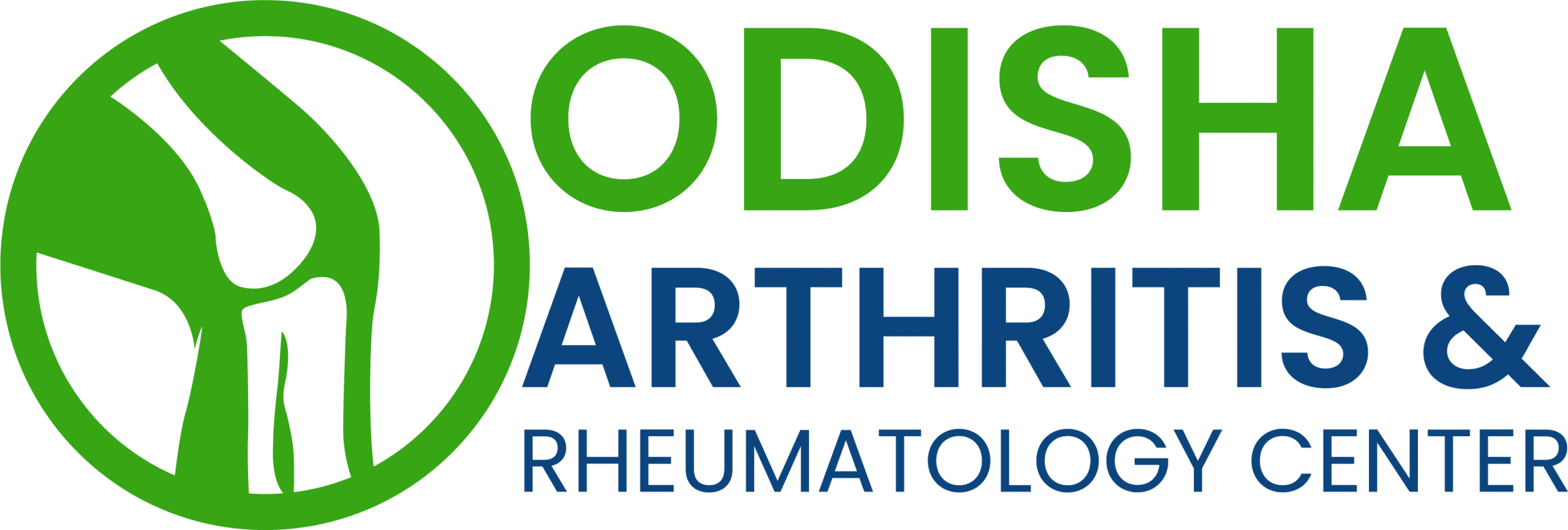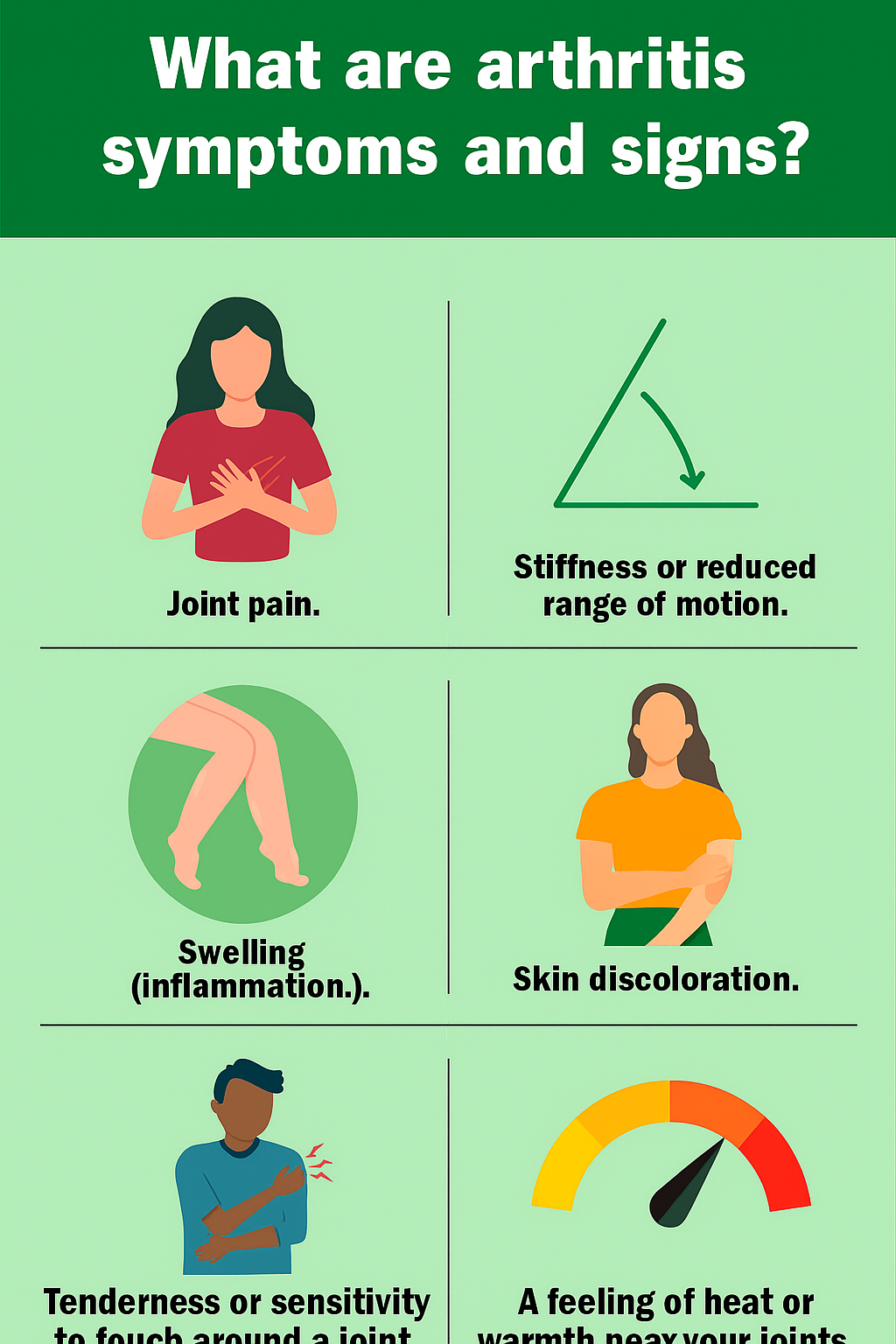Osteoarthritis (OA)
Osteoarthritis (OA)
- Osteoarthritis (OA) is the most common type of arthritis, especially seen in older adults.
- OA is sometimes called degenerative joint disease or osteoarthrosis.
- Osteoporosis occurs when the struts in the bone’s mesh-like structure become thin.
- Thinning of bones makes them fragile and prone to fractures, even after minor bumps or falls.
- These fractures are often called fragility fractures.
- The terms “fractures” and “broken bones” mean the same thing.
- Although fractures can happen in any bone, the wrists, hips, and spine are most commonly affected.
What are signs and symptoms of Osteoarthritis (OA)?
- Joint pain that worsens with activity and improves with rest.
- Stiffness, especially in the morning or after periods of inactivity.
- Swelling around affected joints.
- Reduced range of motion and difficulty moving the joint normally.
- Grating or crunching sensation (crepitus) when moving the joint.
- Bone spurs or hard lumps around joints, particularly in fingers.
- Joint tenderness when pressing on or near the affected area.
- Joint instability or a feeling that the joint may “give way.”
What are common causes of Osteoarthritis (OA)?
- Aging: The most common risk factor; cartilage naturally wears down over time.
- Joint injury or overuse: Previous injuries, repetitive movements, or heavy physical activity can damage cartilage.
- Genetics: Family history of OA can increase susceptibility.
- Obesity: Extra weight puts stress on weight-bearing joints like knees and hips.
- Joint deformities: Congenital or acquired bone/joint abnormalities can contribute to OA.
- Other diseases: Conditions like rheumatoid arthritis or metabolic disorders may increase OA risk.
Fast Facts on Osteoarthritis (OA)?
- What is it: Most common type of arthritis, also called degenerative joint disease.
- Cause: Breakdown of cartilage in joints over time.
- Common joints affected: Knees, hips, hands, and spine.
- Symptoms: Joint pain, stiffness, swelling, crepitus, bone spurs, reduced motion.
- Risk factors: Aging, obesity, joint injury, genetics, joint deformities.
- Complications if untreated: Worsening pain, decreased mobility, joint deformity.
- Management: Medications, physical therapy, weight management, exercise, and sometimes surgery.
How Osteoarthritis (OA) is Diagnosed ?
- Medical history & physical examination – Doctors assess joint pain, stiffness, swelling, and reduced range of motion.
- Imaging tests – X-rays or MRI scans help detect cartilage loss, bone spurs, or joint space narrowing.
- Laboratory tests – Blood tests may be done to rule out other types of arthritis, such as rheumatoid arthritis or gout.
- Joint fluid analysis – In some cases, fluid from the affected joint is examined to exclude infection or crystal-induced arthritis.
How Osteoarthritis (OA) is Treated ?
- Medications
- Pain relievers (acetaminophen) for mild pain.
- Nonsteroidal anti-inflammatory drugs (NSAIDs) to reduce pain and inflammation.
- Topical creams or gels for localized joint pain.
- Physical therapy & exercise – Strengthens muscles around joints, improves flexibility, and reduces stiffness.
- Lifestyle modifications – Weight management to reduce stress on joints, low-impact exercises, and healthy diet.
- Assistive devices – Canes, braces, or shoe inserts to support affected joints and improve mobility.
- Surgical options – Joint replacement or repair in severe cases where conservative treatments fail.
What happens if left untreated ?
If Osteoarthritis (OA) is left untreated, the condition can progressively worsen, leading to increased joint pain, stiffness, and swelling. Over time, the cartilage continues to wear down, which may cause bone-on-bone contact, bone spurs, and joint deformities. This can result in reduced mobility, difficulty performing daily activities, and a lower quality of life. In severe cases, untreated OA may make simple tasks like walking, climbing stairs, or gripping objects extremely challenging. Early diagnosis and proper management are essential to control symptoms, maintain joint function, and prevent long-term disability.
How OARC Can Help?
At OARC, we offer holistic care to patients suffering from all kind of arthritis and autoimmune diseases by our renowned rheumatologist. Because of chronic illness of the disease, we spend some time with the patient helping them to know about their disease, and demystify the myths regarding the disease and treatment. We have collaboration with NABL accredited laboAStory where all kind of blood tests can be done at reasonable costs. We also have patient support system where patient can approach in case of any emergency. We believe in a friendly relation with patients so that they can share all their sufferings and get the best possible treatment.



